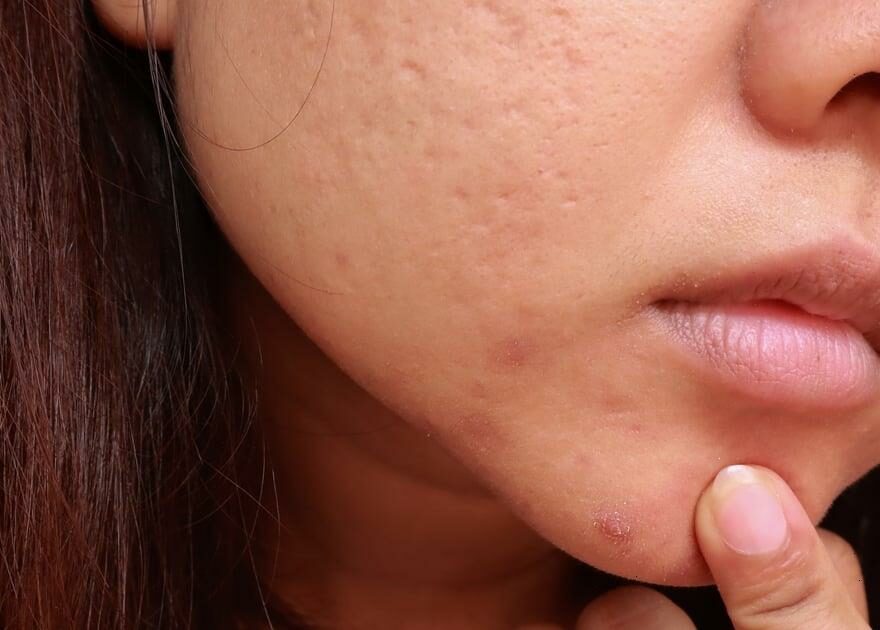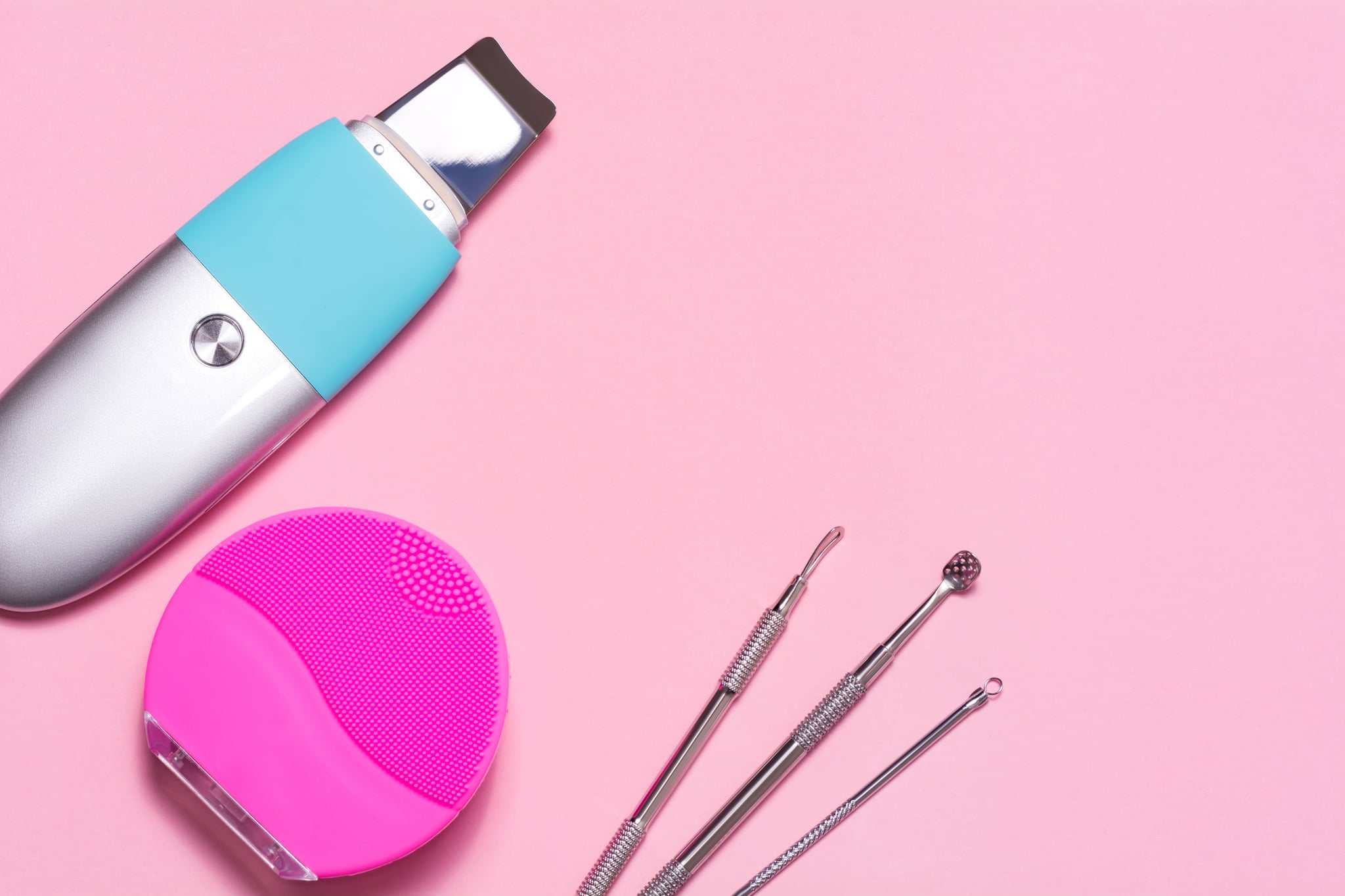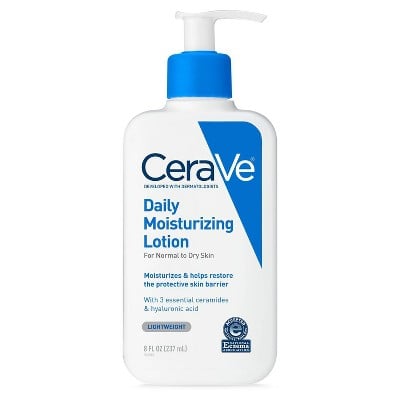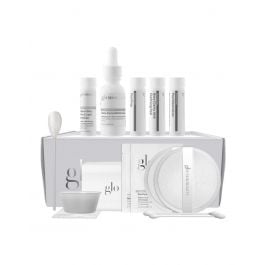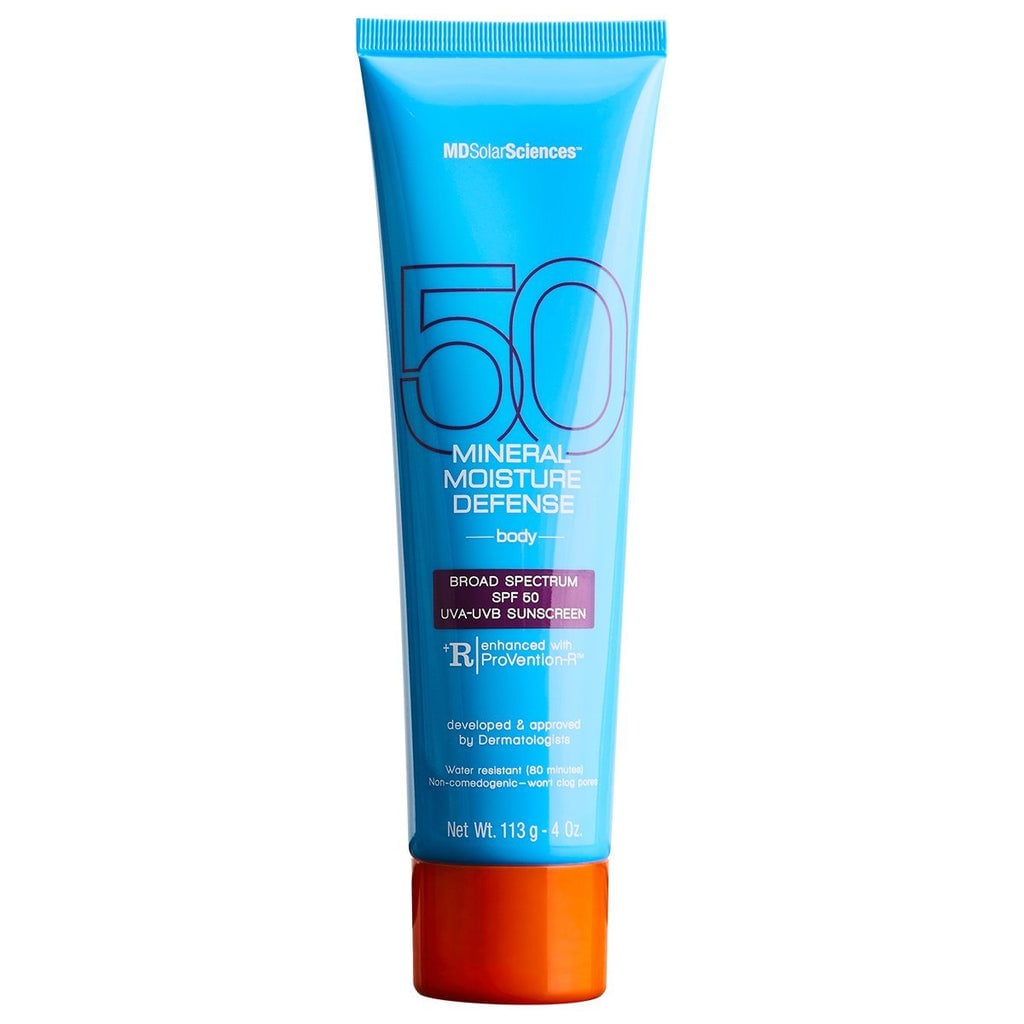Image Source: Getty / yuuurin
Flatter than a pimple, and not remotely as pleasing to pop, blackheads are a common facial scourge that seem to plague even the most meticulously cared for complexions (as you may have discovered if you’ve woken up thisclose to someone’s face who, the night before, looked flawless). Some research suggests that blackheads, which are a form of acne, affect nearly everyone at some point in life. Heck, even celebrities with all the skin-care perks in the world get them.
So, if your face is filled with little black dots, you’re in fine company. But if you’d rather not be part of the club, read on for expert advice on disappearing the stubborn spots from your life.
What Are Blackheads?
“Blackheads occur when the baby hair follicles on your face, neck, chest, and back, typically, fill up with the waxy skin oil known as sebum, dead cells, and p. acnes bacteria,” says board-certified cosmetic dermatologist and Mohs surgeon Dendy Engelman, MD. “When the hair follicle gets blocked, it forms a keratin plug known as a comedone,” says board-certified dermatologist Tracy Evans, MD, director of Pacific Skin and Cosmetic Dermatology in San Francisco. (Fun fact: A single bump is called a comedo, while multiple bumps are called comedones.)
Blackheads fall pretty low on the acne spectrum (yes, there is one) in terms of severity when compared to cysts, but they are a form of acne nonetheless, says board-certified dermatologist Naana Boakye, MD, and should be treated as such (more on that in a bit). And, whereas a whitehead is considered a closed comedone because it has skin covering it, a blackhead is what’s known as an open comedone. In fact, the exposure to air is what makes the junk trapped inside oxidize and turn black.
What Do Blackheads Look Like?
Unlike sebaceous filaments, which feel flat and are a normal, harmless part of the skin (not a clogged pore), blackheads may be slightly raised. What blackheads also aren’t: enlarged pores. “That’s just sebum in the skin,” Dr. Boakye says, adding that pore size is genetic.
The good news about blackheads is that “they don’t really stretch out your pores,” Dr. Evans says. “Skin is very elastic.” In other words, if you’ve got large pores, blame your DNA, not your blackheads.
How to Treat Blackheads
There are two stages to getting rid of blackheads: treatment and maintenance, explains Dr. Boakye. “Treatment is slightly more complex,” she says. The treatment portion is often most successful when executed chemically, with a prescription Retinoid, such as Retin-A, or an over-the-counter option like Differin ($36), which will loosen up the trapped gunk so that it can get exfoliated by the medication. Attempting to exfoliate with a heavy scrub has the potential to irritate and worsen the problem. (Note: You may need to ease gradually into your treatment product.)
“I love Retinoids because they’re not just helpful for acne, they also address fine lines and pigmentation issues,” Dr. Boakye says. “But Retinoids are a journey. It takes a good six months sometimes to see results, but stick it out,” she says.
Pre-treatment, be sure to clean your skin thoroughly (especially before bed to remove all makeup and buildup from the day). Dr. Boakye recommends doing so with a wash that contains salicylic acid to unclog pores.
Image Source: Getty / yuuurin
“Acne is chronic,” says Dr. Boakye. “So, after you’ve successfully treated your blackheads, you’ll want to continue to maintain what you’ve achieved.”
For the maintenance part of the program, Dr. Boakye recommends focusing on barrier protection to bolster the overall health of your skin. This can be achieved by using a gentle cleanser daily and following with an oil-free moisturizer like CeraVe Daily Moisturizing Lotion ($13). Dr. Engelman likes introducing an exfoliating peel, such as Glo Skin Beauty Beta-Clarity AHA Clarifying Peel ($85), into the picture once a month for maintenance to de-gunk pores and reduce the visibility of pores.
And always, always, use oil-free sunscreen, such as MD Solar Sciences Mineral Moisture Defense SPF 50 ($39), during the day, whether you’re treating or maintaining.
Should You Extract Your Blackheads?
While going to town on your blackheads with dirty fingers is not advised — “It can lead to infection or new breakouts,” Dr. Engelman says — there are ways to extract blackheads safely at home. (TLDR; skip the extraction tool and turn to cotton rounds to help you squeeze out the gunk, making sure to keep the area clean before and after.) An aesthetician or dermatologist can also do the deed so that you don’t injure your skin, putting you at risk for post-inflammatory hyperpigmentation or erythema (redness).
Source: Read Full Article
